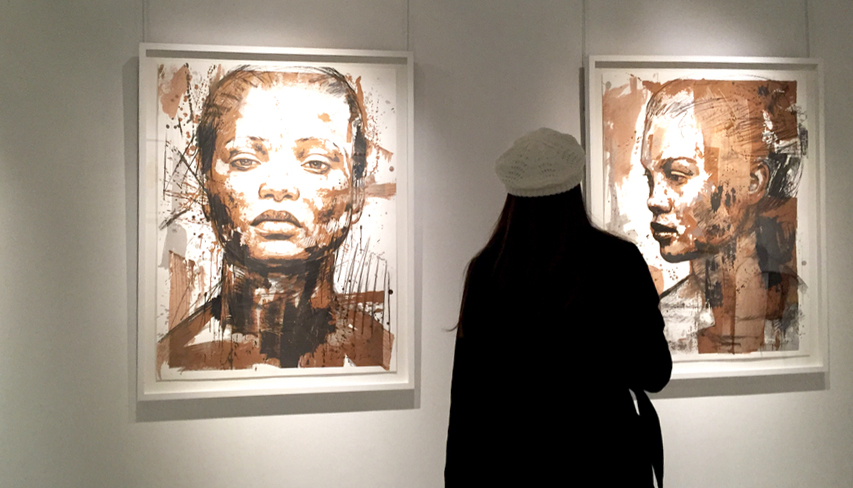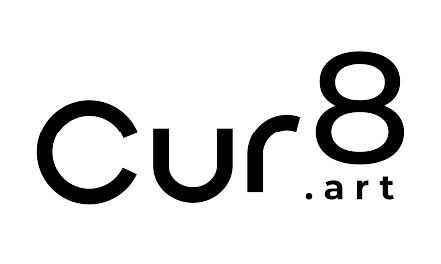

UNDERSTANDING THE PRIMARY AND SECONDARY ART MARKETS
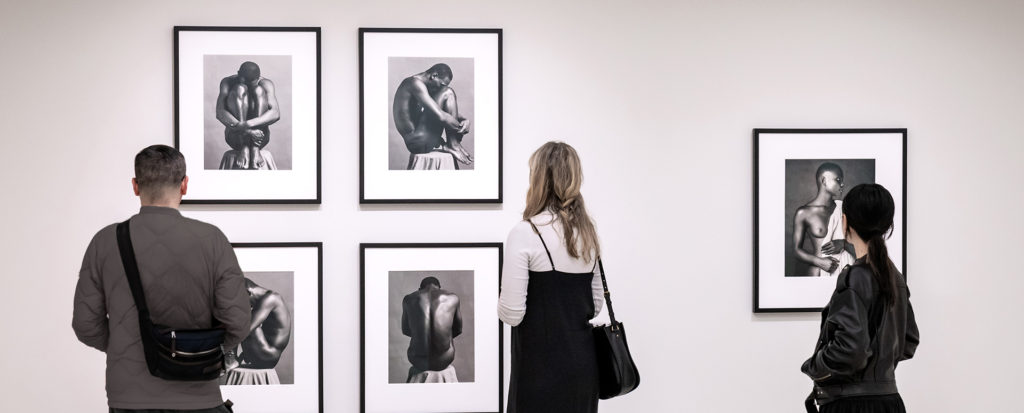

The art world can be a difficult place to get one’s bearings, especially for the aspiring collector new on the scene. Two frequent terms that are volleyed across the art market playing field, and in a sense create a certain polarization in the art world, is that of “primary” and “secondary”.
Understanding the difference between these two art markets is relatively straight-forward (understanding their relationship is no doubt less straight-forward) and essential for any collector for a number of reasons. Firstly, it will greatly facilitate a collector’s ability to appreciate art market analysis and commentary that frequently reference these markets. It is the building block for developing your knowledge as an art collector and enthusiast. Secondly, a better awareness of the inner workings of the art world will help guide your choices as a collector, helping you to buy what you love whilst purchasing wisely.
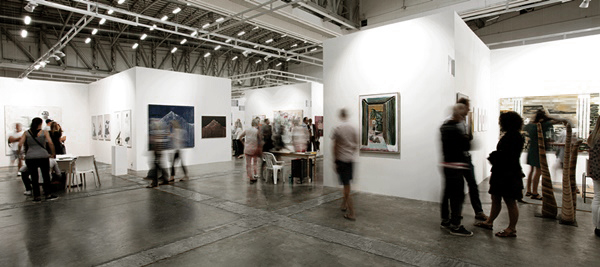

THE PRIMARY ART MARKET
The primary art market refers to the initial sale of an artwork. In other words, the very first time an artwork is being sold. This might occur in the form of a direct transaction with the artist or more commonly, with the gallery representing the artist.
As a collector if you are purchasing art from an art fair, gallery, studio exhibition or artist – you are buying from the primary art market. In terms of pricing, the primary market establishes the initial value of a given artwork as decided by the artist or the gallery. There are no standardized criteria for establishing primary art market prices but the following factors will often be influential, namely; the artist’s exhibition history, any previous sales history of the artist’s work, demand from collectors, materials and time needed to create the artwork.


Image by Edouard Fraipont for ContemporaryAnd 

Lionel Smit Studio. Image by Lionel Smit.
THE SECONDARY ART MARKET
The moment an artwork is sold for a second time, it enters the secondary art market. At this point, the artist is no longer involved with the transaction of the piece as it passes from one owner to another. As a collector, if you are buying an artwork from an auction house or art dealer – the artwork is, in fact, being resold and forms part of the secondary art market.
Price estimates for art on auction seem to be somewhat more stable and publically accessible than the primary art market. If an artist’s work has already been sold on auction, the secondary market value for a new artwork by this artist is determined by some of the following criteria; condition, provenance, public demand, medium, size and subject matter of the work.

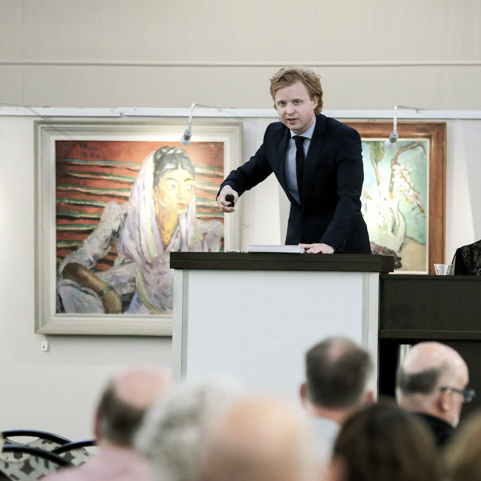
Image by Sumaya Hishan for SA People 

Image by Spencer Platt for Artnet News
THE RELATIONSHIP BETWEEN THE TWO PLAYERS
Both markets operate somewhat independently from one another as the two major players in the art world. They both have the power to attribute a certain value to a given artwork. There is a chain of influence that does, however, bind the two players together: as an increase in demand for an artist in the primary market will often translate to a demand in the secondary market. More controversially, a decrease in demand on the secondary market for a particular artist can affect the sales of this same artist in the primary market. It is a fairly fragile waltz.
Whilst buying from the secondary art market can often be the safest way to guarantee reselling an artwork in the future, buying from the primary art market is essential as it supports living artists.
